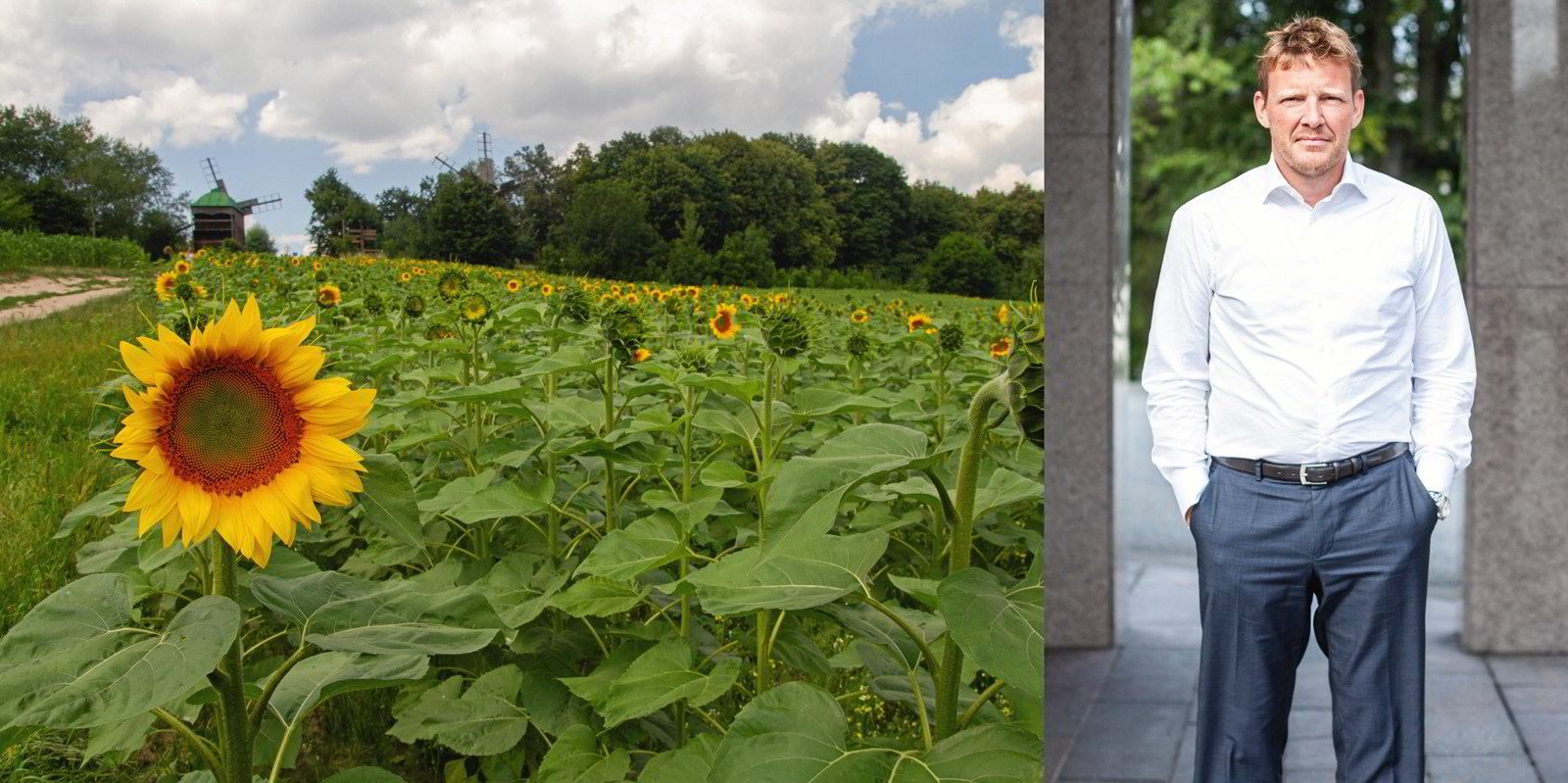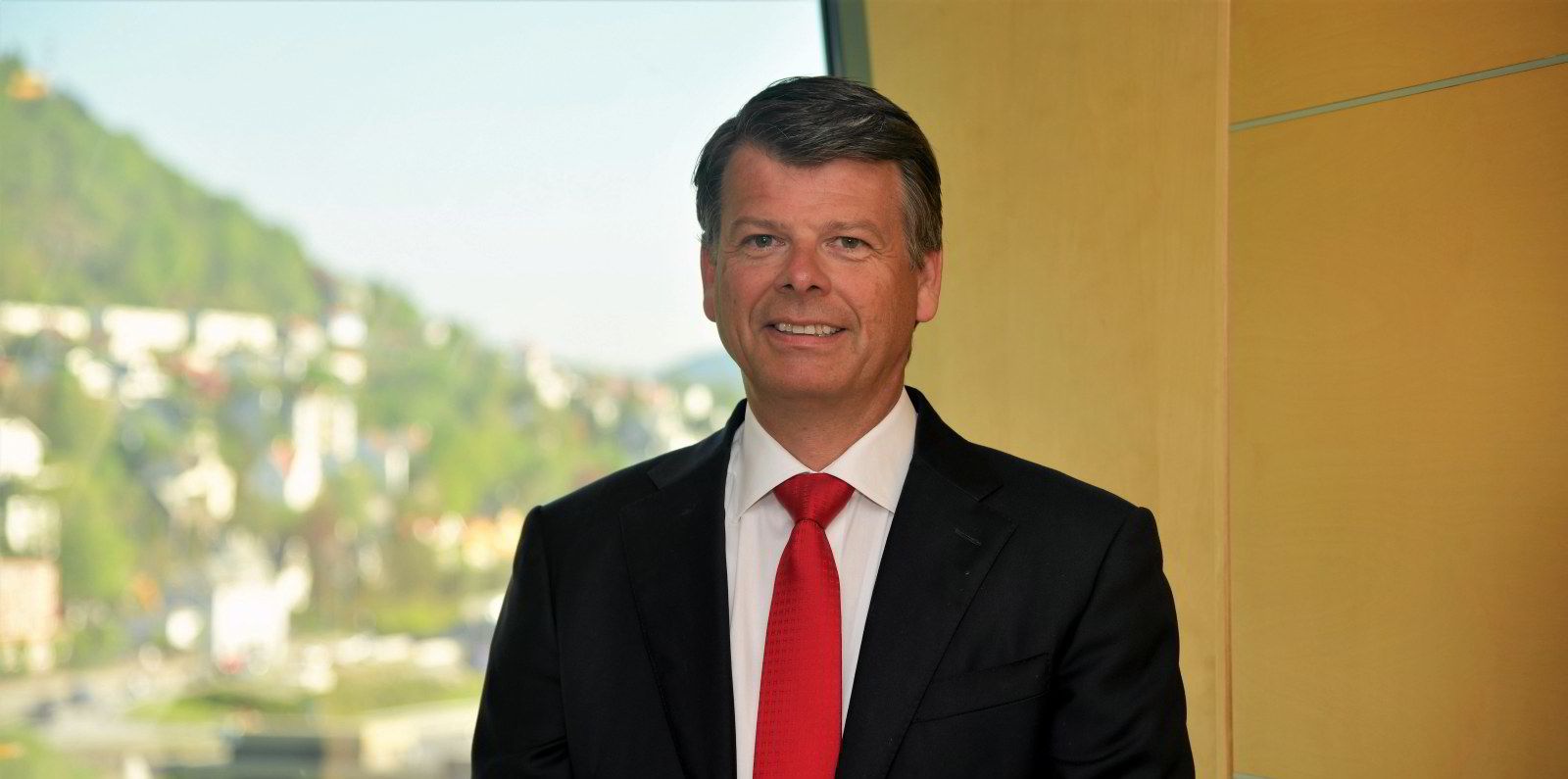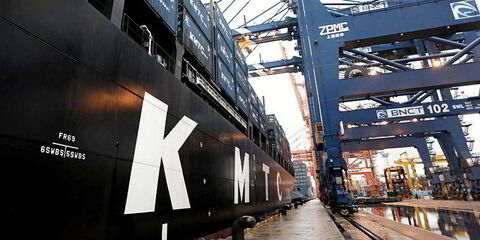Exports from Russia and Ukraine make up a small portion of the global chemical trade, but the conflict between the two nations is helping to lift chemical tanker rates in other ways.
Kristian Morch, outgoing chief executive of Norwegian chemical tanker owner Odfjell, told investors on Thursday that Moscow’s invasion of its neighbour has dealt a blow to the vegoil market that has led to longer voyages in the sector.
Before the crisis, Russian exports made up 7% of global vegoil trades and Ukraine pumped out 12% of the market, with both countries mostly involved in sunflower oil, the executive noted in its last earnings briefing before handing the chemical tanker company’s reins to Harald Fotland.
“That supply has to be met from elsewhere, which means that suddenly you have the vegoils market picking up. You have vegoils trading longer distances from the Far East,” Morch said.
“That is creating some imbalances”.
The vegoil boost was part of a bullish outlook by Odfjell after the Oslo-listed company, whose 88 tankers are involved in the chemicals, clean petroleum product (CPP) and edible oils trades, reported a first-quarter profit of $11.1m, reversing a loss of $15.6m in the same period of 2021.
Morch also pointed to dramatic changes in the clean product market as a result of growing bans on Russian oil and refined products in the wake of its invasion of Ukraine.
“You have some trade changes, which is boosting real demand, and with supply as tight as it is, both in chemicals and product tankers, then you are seeing CPP markets firming, you’re seeing palm oil markets firming, and you are seeing all the trades in the global chemical trades firming,” he said.
‘Robust increase’
“We are seeing a very robust increase in the global markets.”
Data from Clarksons shows chemical tanker spot rates have been rising since Russian troops marched into Ukraine in late February.
For example, shipping a 5,000-tonne parcel from Houston to Ulsan cost $90 per tonne at the end of April, up from an average of $74 in March and $67 in February, according to the shipbroking giant’s latest Shipping Intelligence Weekly.
The strong rates come as the chemical tanker market faces a backdrop of muted fleet growth.
“Supply is very much under control,” Morch told investors. “Very low deliveries, very few new orders being placed, some scrapping going on, so basically we are looking at a supply sector that is zero or maybe even contracting during next year.”
He added that uncertainty over decarbonisation is leading owners to hesitate before committing to new orders.
The result of that supply-and-demand equation is that global fleet utilisation stands at between 91% and 95%, and next year’s utilisation should be 95%, Morch said.
“The last time that happened was back in 2003-2004, and that was the beginning of quite a long upturn in the global chemical trade,” he said. “Supply is not going to be available for the next coming years, and the demand story … is quite strong.”
But he acknowledged that Odfjell has been similarly bullish for some time.
“We’ve been saying that for some years. We have been wrong about the timing,” he said.





